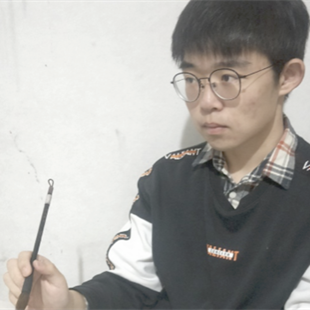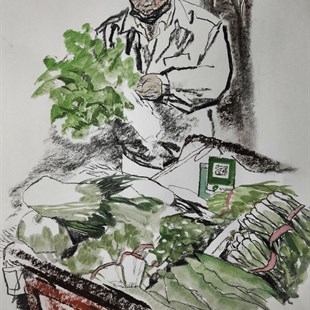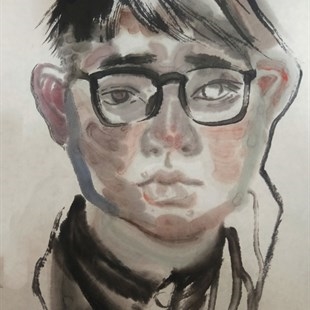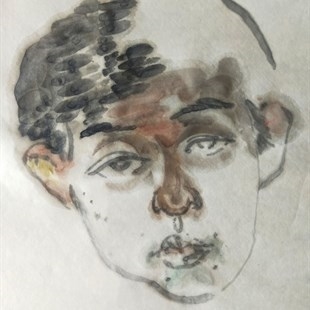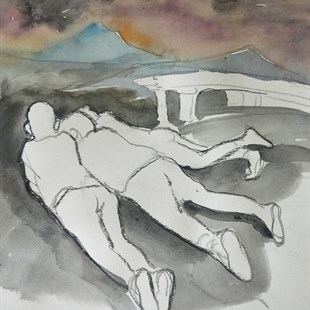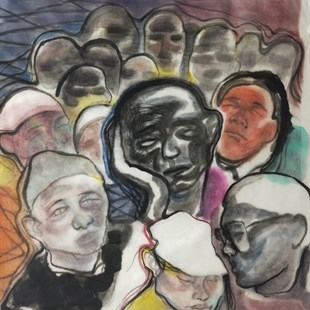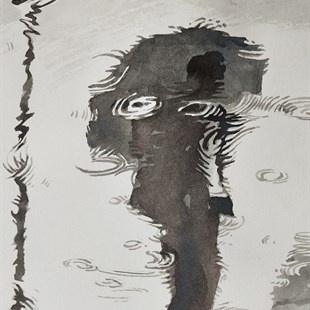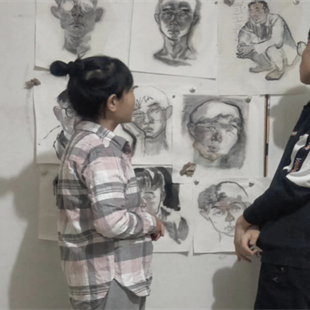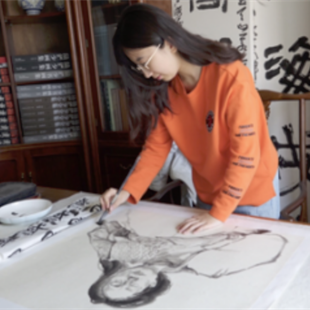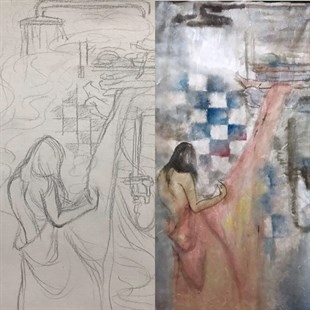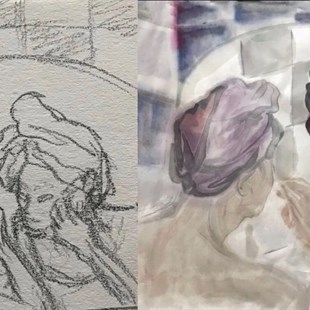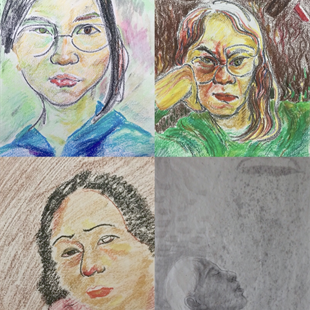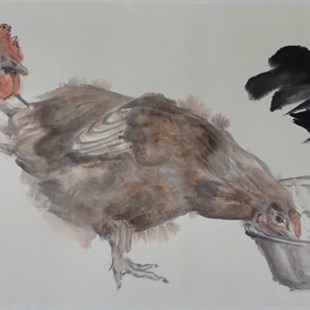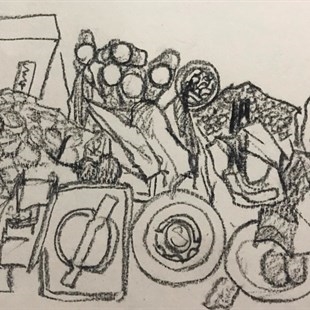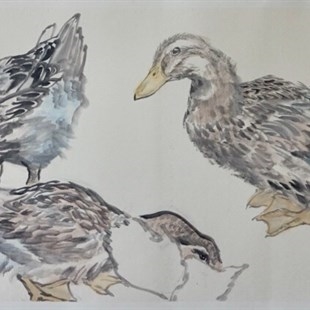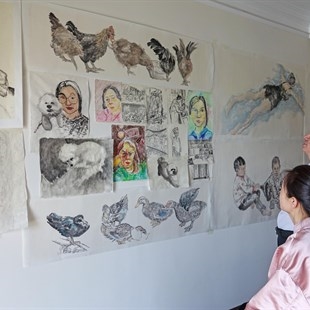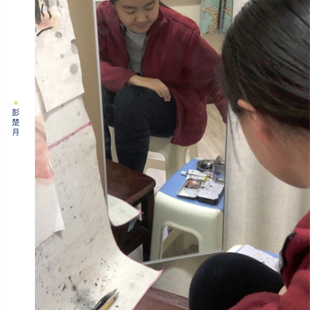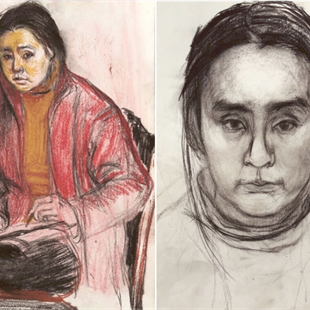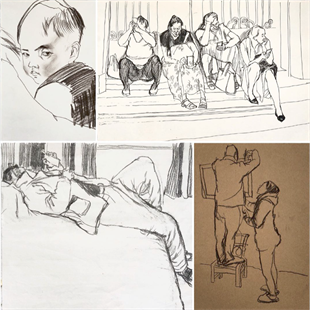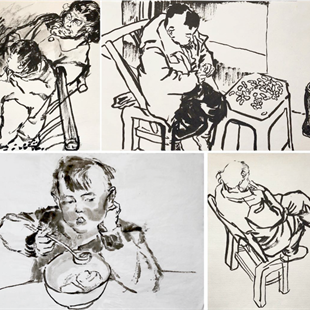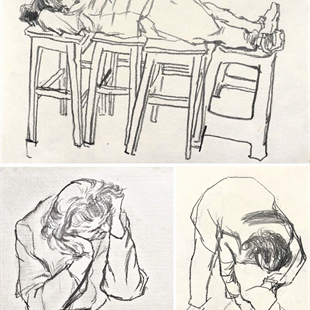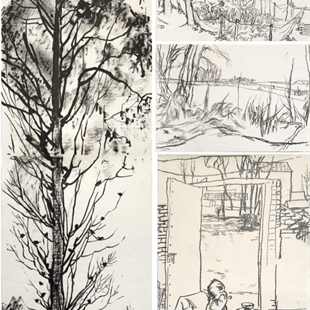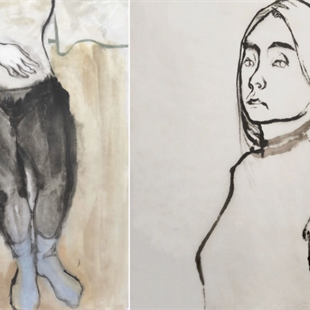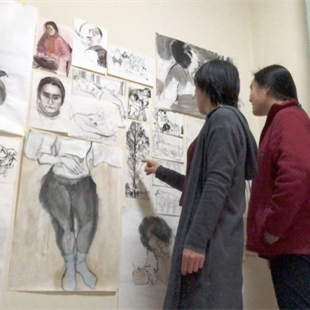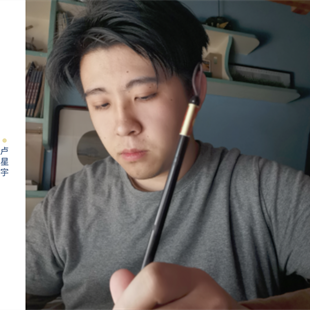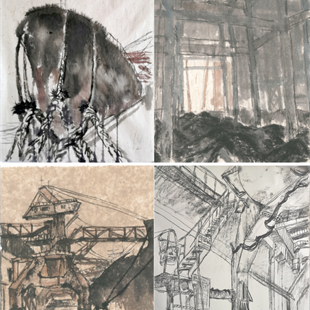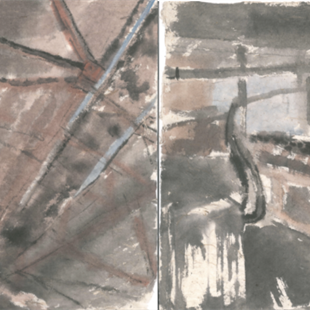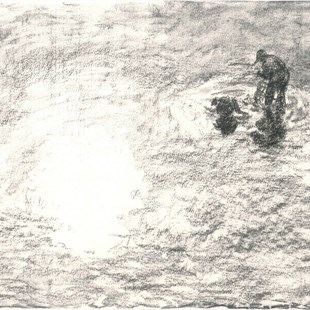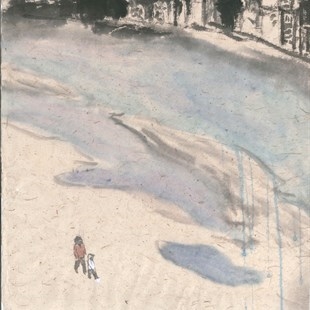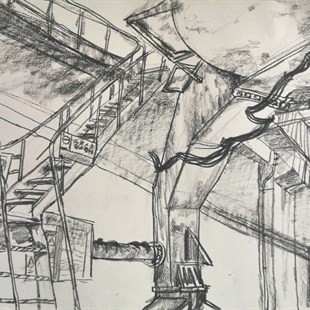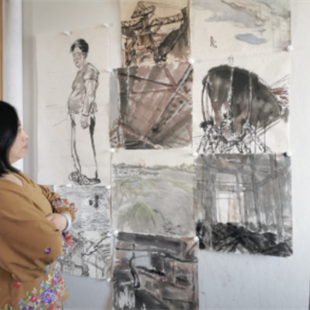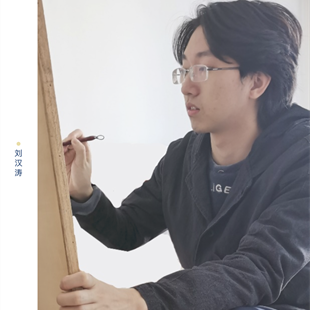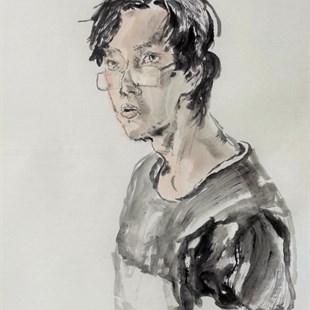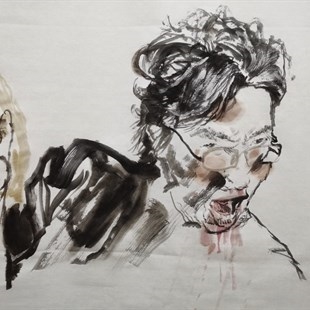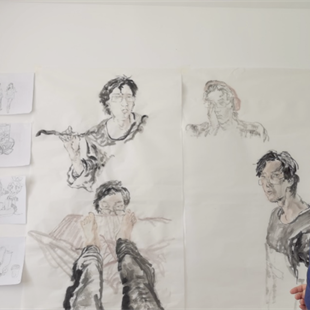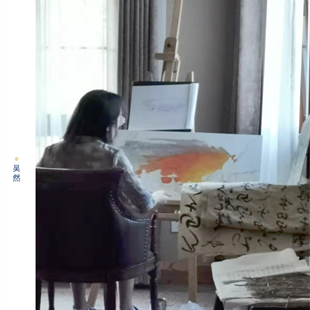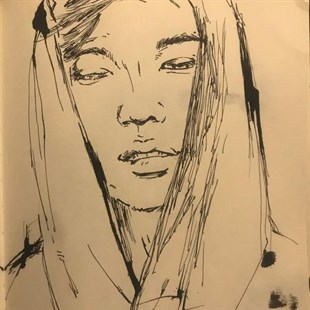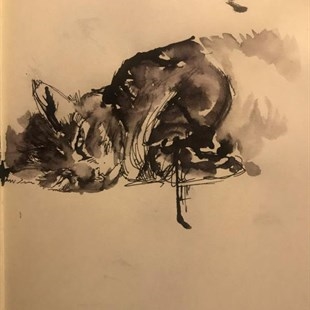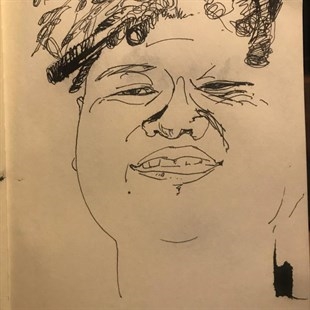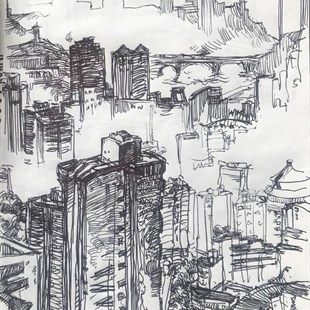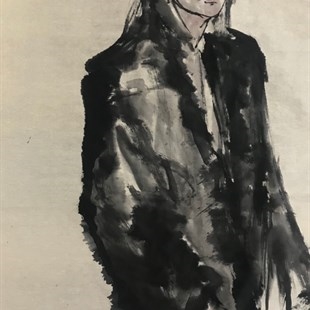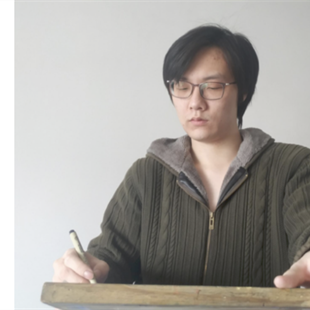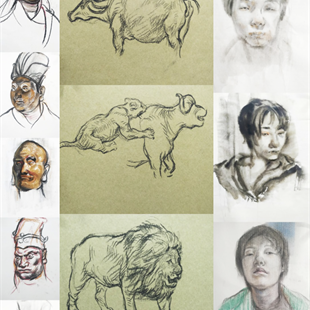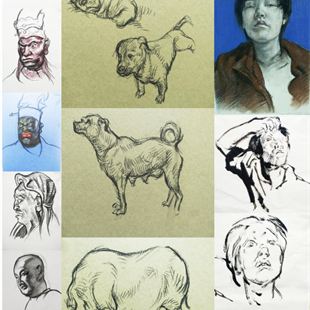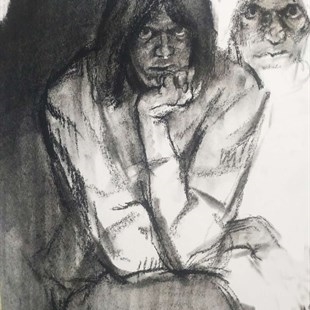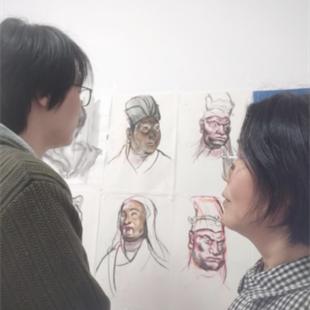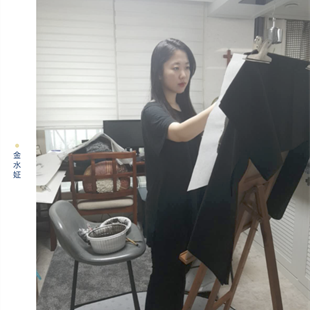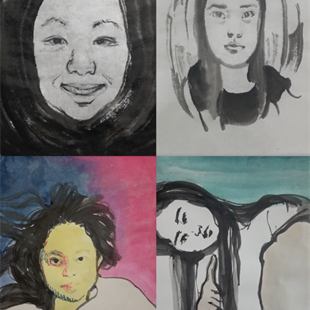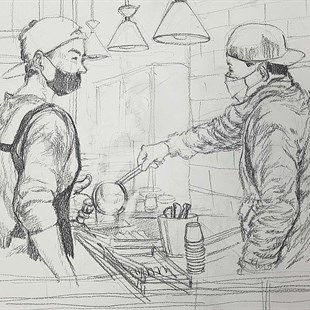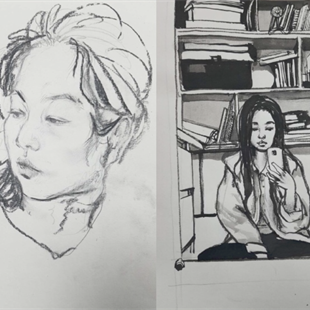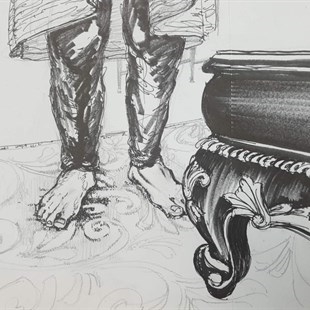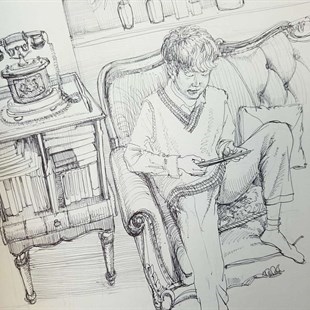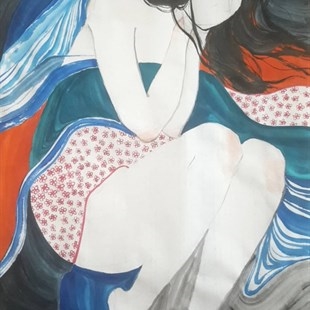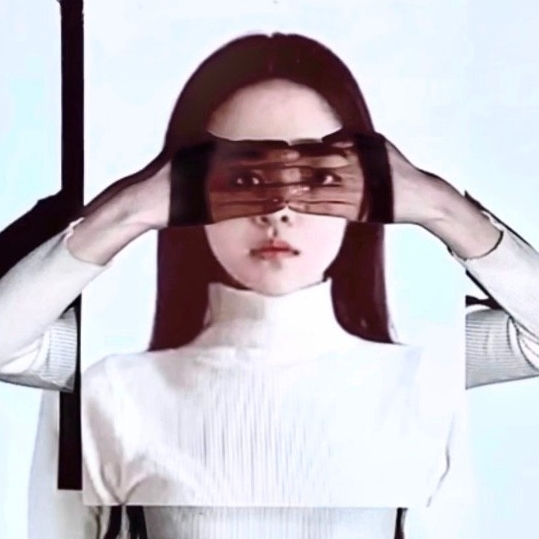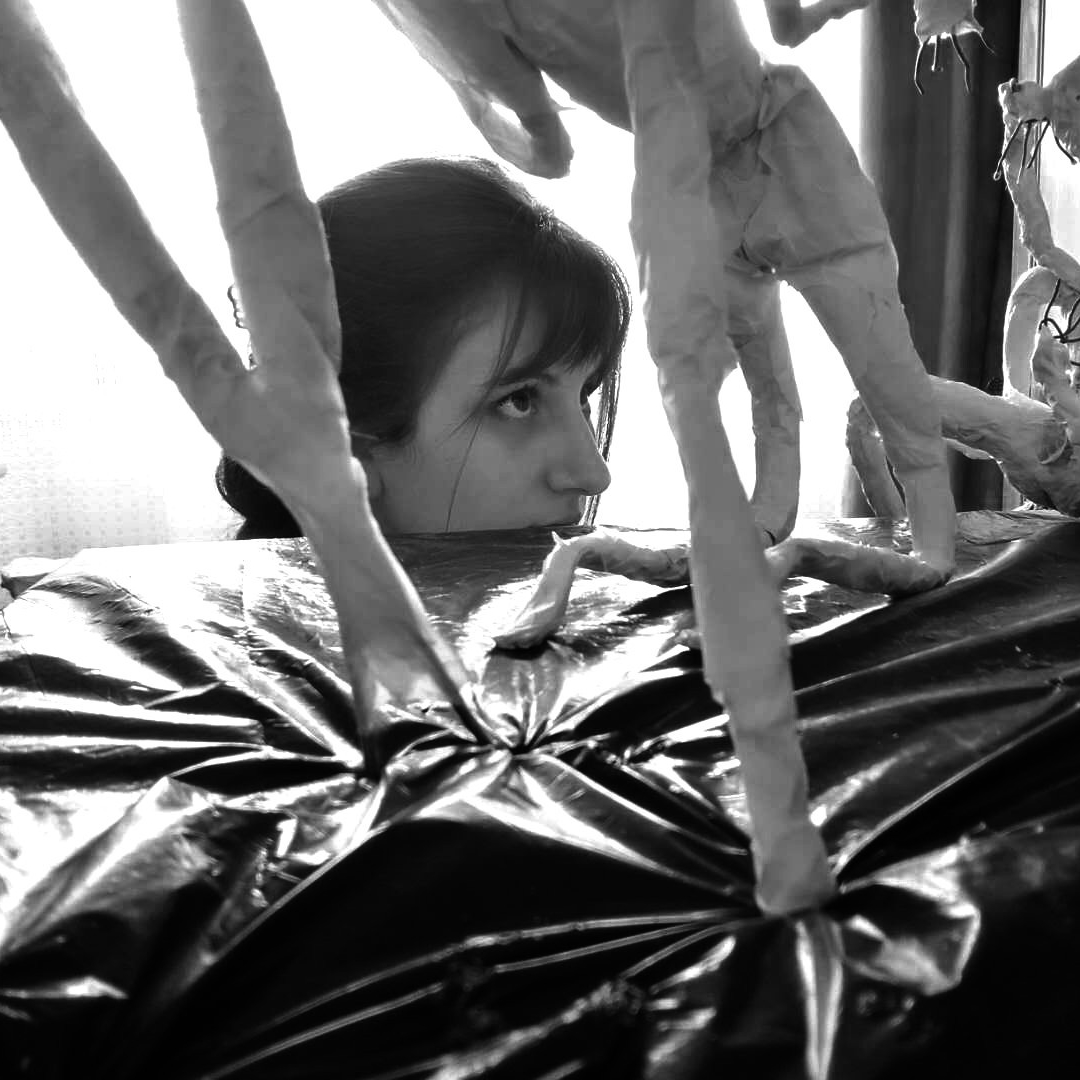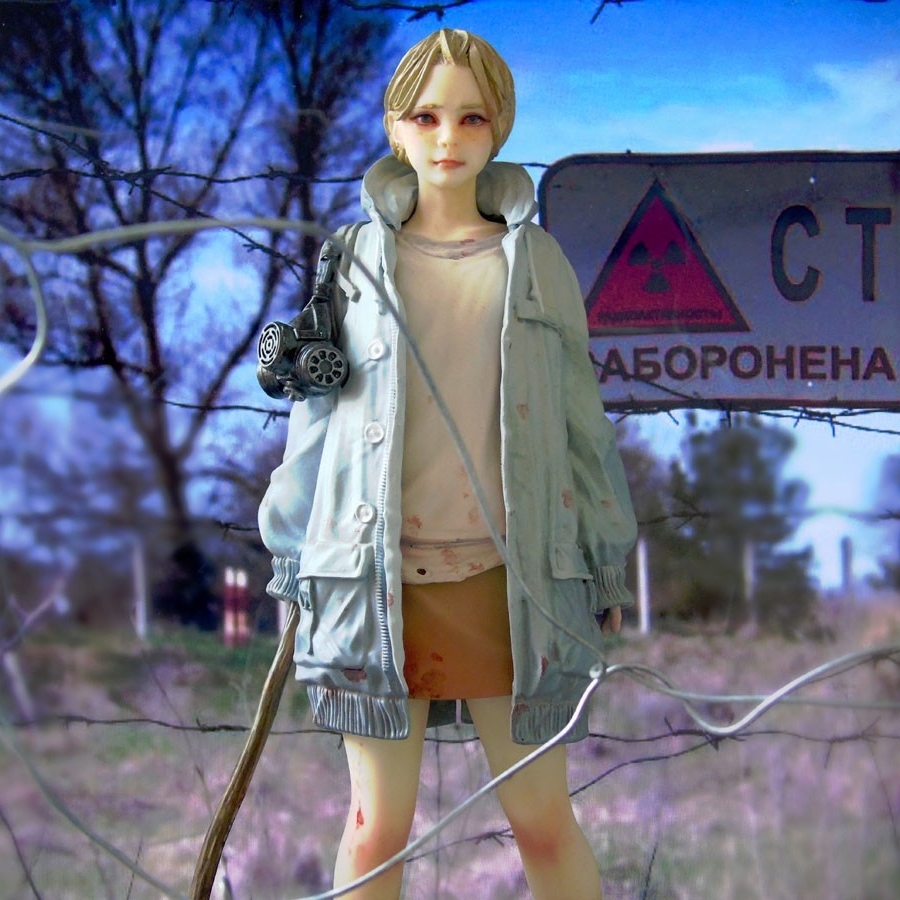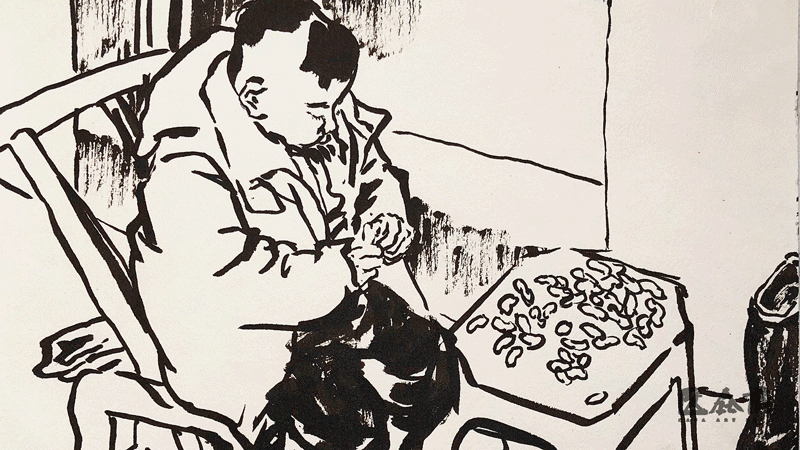
Editor’s note: The “Sketch of Life” class consisting of 8 sophomore students that were majoring in Freehand Figure Painting was introduced in this episode. It was conducted by Liao Qin from the School of Chinese Painting at the Central Academy of Fine Arts. The course originally required students to go out to sketch, due to the pandemic, there were some flexible “changes” during this period which meant they broke away from the fixed educational setting when looking for inspiration from the environment surrounding them. “For teachers and students at this special moment, protecting the health of their families, caring for family time, listening to classes and learning arts at home, maybe these constituted the process of cultivation and conscious transformation.” So how did the students in the “Sketch of Life” class change their observation methods and develop to understand a “great self”? How to get from the tangible to “the intangible” and achieve outstanding creations in both form and aesthetics? Let’s find out.
Online Classroom: Sketch of Life
Teacher: Liao Qin
Course time: April 6th-April 17th, 2020 for two weeks
Teaching Objects: School of Chinese Painting, CAFA
8 students who were the sophomore students majored in Freehand Figure Painting: Dong Hanwen, Zhang Yuyao, Peng Chuyue, Jin Shuizheng, Guo Yimai, Liu Hantao, Lu Xingyu, Wu Ran

Liao Qin was teaching online classes.
Liao Qin, Associate Professor and Postgraduate Instructor from School of Chinese Painting, Central Academy of Fine Arts
Teaching “Ink and Wash Figure Creation”, “Ink and Wash Figure Sketch”, “Ink and Wash Figure Painting”, “Ink Composition”, "Traditional Freehand Figure Copying”, “Line Drawing Figure Sketch”, “Linear Sketch”, “Sketch of Life” and other courses.
Online Teaching Notes
“Expressing Ideas by Forgetting Forms: Self-expression by Sketches at Home”
According to the interview with Liao Qin
Teaching a class is like drawing a painting; if the conventional technique is a “form”, the original intention of painting is an “idea”, it can be timely to express an idea by forgetting forms. We choose to temporarily forget the skills we have mastered, and then express the traditional ancient significance of Chinese painting and the new ideas of the present, so as to give a better play to the role of significance in contemporary Chinese painting. The teaching of Chinese painting is advancing with the epoch, teachers and students jointly inherit and research. I draw related paintings with my students as the content we were discussing. When I start to draw using familiar content, I generate new ideas and feed back on the teaching methods; when students face the course requirements and watch my painting, it will stimulate their interest in practice.


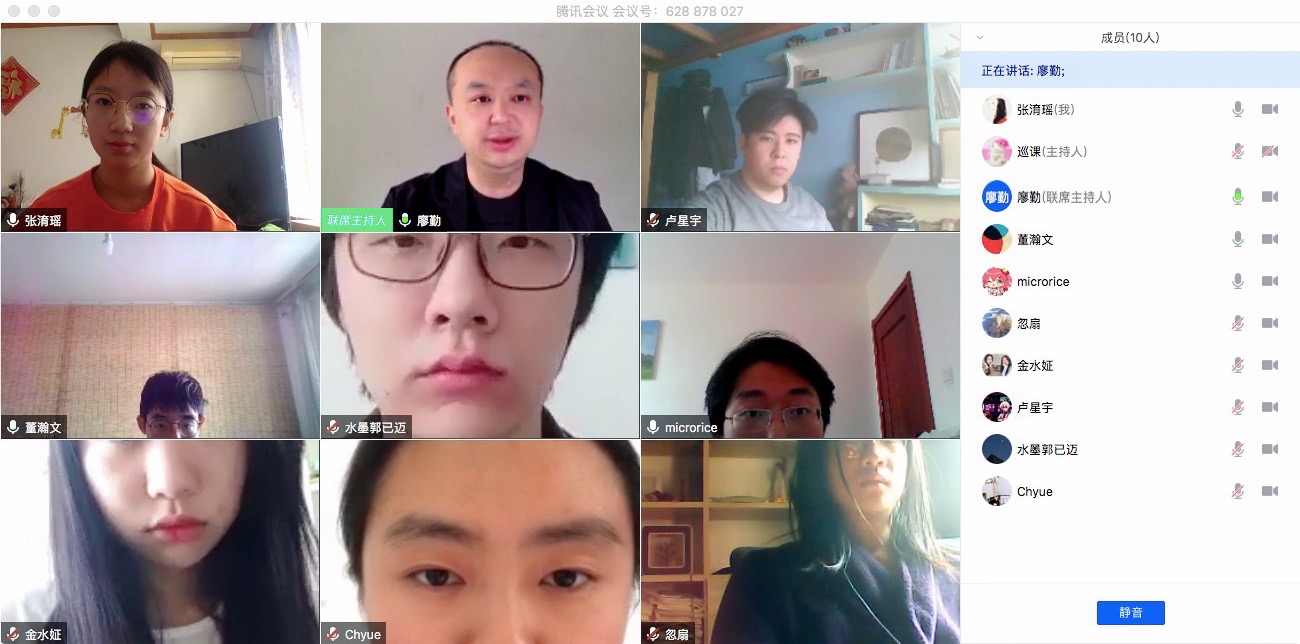
Teaching Goals of “Sketch of Life”/ Liao Qin asked the students to keep safe and learn art at home.
The current situation is different from the previous physical teaching on campus. For the first time the practical teaching of art disciplines is conducted online. The changes in teaching methods have caused teachers to respond and adjust their learning goals, technical performance, and artistic concepts. These “changes” are based on the pandemic and result in a “changing transformation” in teaching and creative thinking for teachers and “changes” in professional learning and technical expressions for students. From the perspective of professional development, it is a supplement to the previous single learning form. Previously, students were accustomed to the teaching of knowledge in the classroom as well as the teaching and mutual exchange atmosphere in the real space. They faced the models and used the scientific observation method to reproduce the objective form, applied Chinese brush and ink on raw rice paper and were involved in training in sketching. Currently, “expressing ideas by forgetting forms” is a requirement for students’ sketches and self-portraits. Chinese freehand figure paintings are based on ink, shape, and color. “Forgetting forms” is not invisible at all, and it is not completely detached from or abandoning figurative modeling. “Formal accuracy” is our basic modeling requirement for realistic figure painting and it is also a distinctive painting feature of academic art. In the process of training in painting, adding “forgetting forms” at the right time will help them develop their long-term realistic thinking on painting mode, so as to change their observation methods, expressing inertia and will result in producing new Chinese paintings with outstanding form and idea.
Within current online classrooms, teachers and students are dressed neatly and have a sense of ritual. According to the syllabus, after the teaching space changes, teachers and students who are far apart will leave more space for individual style, breaking the “teaching setting”. While working together they are devoted to wisdom and effort, we can also achieve an atmosphere where teachers and students gather together in the classroom. Everyone lives in the private space with their family, living, eating, dressing, exercising, working and entertaining...and painting diligently. If you draw your own feelings and thoughts, the “forms” you have learned will have a real value, instead of blindly using brush and ink techniques to reproduce the objective forms and selectively “forgetting the forms,” it is precisely because you have repeatedly trained in “formal accuracy” that the “ancient significance” in traditional Chinese paintings can be traced, thus discovering the “new significance” of the current mind set and uses all the brush and ink techniques to “express the significance.” This can be also taken as a home-style painting.
I suggest that students change into home dress at home after online classes to make bold, imaginative and novel sketches of life and self-portraits. This is a new experiment and a change for the students. Painting a real family environment at home, using sketches of life, family sketches, and self portraits to substitute their own thinking and carry out training in painting that is integrated with study and creation. The selection of artistic creation concepts, the interaction between practical behavior and thoughts and the correlation with the display of works, form teachers’ online teaching and inspiration and students’ offline enlightenment and painting style. Teachers and students protect the health of their family members, caring for family time, listening to lessons and learning art at home, these are their own practice and conscious transformation.

Liu Qinghe, Dean of School of Chinese Painting listened to Liao Qin's online class
After the course was over, students cleaned up an empty wall in their homes, pasted their homework on the wall and arranged their work as a home display wall. Students who study all the year round in Beijing have a short time to reunite with their families. They showed their paintings to their families, involved their parents and relatives and listened to the comments from their relatives. This was a periodical report on achievements from the perspectives of time, affection and self.
Teachers collect materials to prepare lessons, organize ideas and conduct online streaming, students go online to listen to lessons and switch thinking about offline homework. This makes us enter the state of work and study regularly. Everyone has lessons to listen to and they need to draw and master professional skills. Their creative thinking needs to be converted and brewed up, all of which require concentration to complete. The global pandemic is distracting but we need to concentrate on learning art through online classes, so that students can focus on the training and extension of art courses while teachers provide direction in thinking and observation perspectives in accordance with their aptitude, inspiring every student to continue to draw with a strong interest.
Detailed Online Teaching: Social Practice /Sketch of Life

Liao Qin prepared online lessons and sent electronic materials to students.
“Social Practice /Sketch of Life” is a traditional featured course at the Central Academy of Fine Arts. Teachers lead students to leave the campus, enter society, observe and experience life, record people’s contemporary life with brushes while using the painting theories and techniques they have learned in classrooms. Combined with personal experience in social practices, they use life sketching to record and apply them to their creations.
The Central Academy of Fine Arts arranges the social practice courses in April or in September. We never imagined that social practice in 2020 would be converted into online teaching. The important significance of this course is that teachers lead students to leave the campus, participate in social practice, observe reality and express life. Teachers and students who stay at home have suspended their plans to go out sketching. How have teachers and students implemented this course?
List of Online Teaching Materials
At the beginning of the semester in March 2020, our “Linear Sketch: Nude” was selected as the first group of open online courses at the Central Academy of Fine Arts. Teachers and students used the online teaching platform for the first time and gradually adapted to the online teaching format and completed diligently a qualified teaching task. In the course of “Social Practice/Sketch of Life” in April, we broke away from the online platform to teach, so that students could practice their ability in capturing and remembering images, enhance various expressive techniques of painting, face the inner self, expand imagination and thinking and further achieve the goals of this course. The references we use include classic sketches by Chinese and Western masters, sketches by modern Chinese freehand figure painters and excellent sketches by previous students of the Central Academy of Fine Arts and High School Affiliated to the Central Academy of Fine Arts.
Online References:
Week 1: The teacher comments on the classic sketches of predecessor artists and teachers, and analyzes the sketches of life by contemporary artists and teachers at CAFA during their studies. Teachers create a PPT demonstration with illustrations that suggest a variety of observation methods, provide a variety of expressive methods, and accumulate material methods to inspire students to sketch boldly, vividly and truthfully, observe and capture the personal environment and delicately express life and human feelings, as a sketch is a complete art form that expresses the current life.




Week 2: The teacher instructs students to suspend objective copying, and conduct subjective expression and confirm themselves in the painting practice: introspecting themselves, expressing ideas by forget forms. Through practice, students can clarify the topics they want to show in their lives, so as to deepen their accumulated life materials. For example, a self-portrait can expand various painting expressions, arise from objective records and carry out a variety of subjective imaginations. You can paraphrase and remember paintings silently, but do not directly “copy paintings.” In traditional Chinese paintings, a painter’s own “self” is rarely expressed, and the artist often creates a lyrical mood. Through the “painting” of landscapes and flowers, the “great self” is embedded in the creation of all things. This is the fine characteristics of our national painting.

 Courtesy of Liao Qin and His Students, edited by Zhang Yizhi
Courtesy of Liao Qin and His Students, edited by Zhang Yizhi
Translated and edited by Sue/CAFA ART INFO


